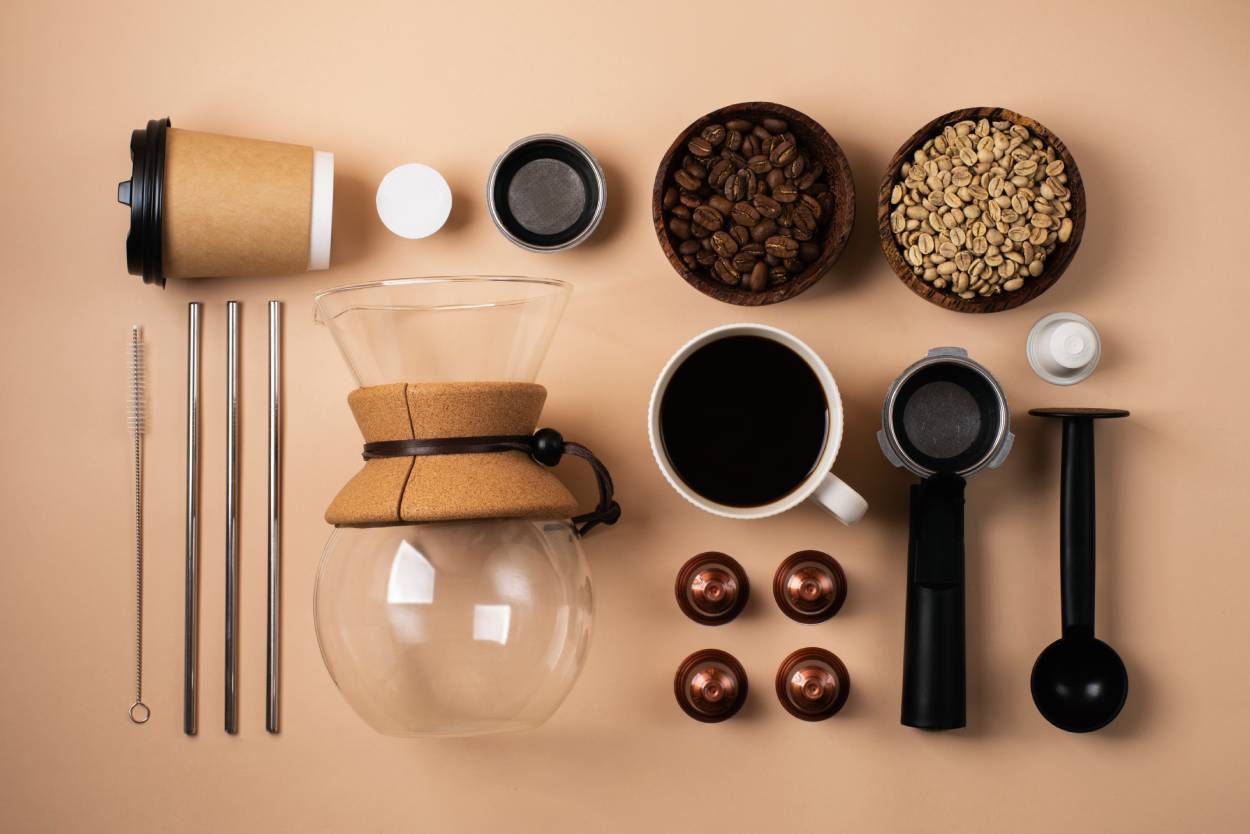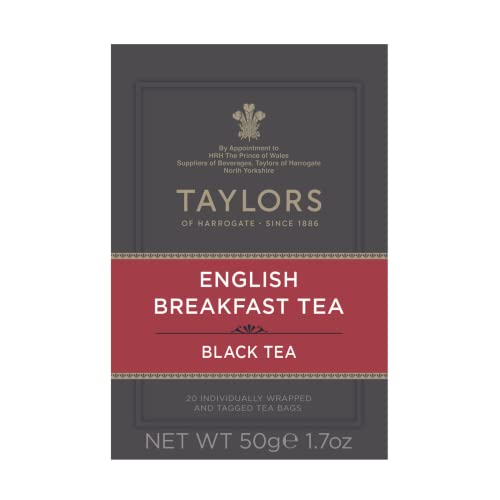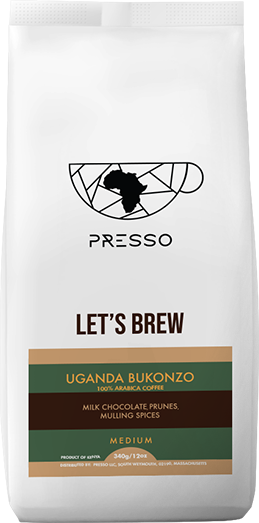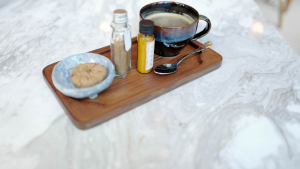
The Art of Coffee Blending: How to Create Your Signature Coffee Flavor
Table of Contents
- What Is Coffee Blending?
- Why Blend Coffee?
- Understanding Coffee Bean Origins
- Roast Levels and Their Impact on Flavor
- How to Start Creating a Coffee Blend
- 1. Choose Your Base Coffee
- 2. Add Complementary Beans
- 3. Consider Proportions
- 4. Experiment with Roasts
- 5. Test and Tweak
- 6. Common Coffee Blend Types
- Blending Tips for Specific Brewing Methods
- Troubleshooting Your Blend
- The Joy of Crafting Your Own Blend
- Conclusion
The Art of Coffee Blending: How to Create Your Signature Coffee Flavor
- azeem memon
- 13-09-2024
- 23-07-2025
- 1034 views
- Coffee Shop

Coffee blending is an art form that allows you to craft a truly unique flavor by mixing beans from different origins. It’s a method used by expert roasters and home enthusiasts alike to enhance or balance different taste profiles, bringing out the best in the beans. By learning how to blend coffee, you can create your signature cup, one that perfectly matches your personal taste and preferences.
In this guide, we’ll explore the essentials of coffee blending, including how different bean origins, roast levels, and brewing methods affect the flavor. We’ll also provide tips on how to experiment and find that perfect blend.
What Is Coffee Blending?
Coffee blending is the practice of combining two or more different coffee beans to create a balanced or distinct flavor profile. Beans from different regions or farms can have vastly different taste characteristics based on factors such as soil, climate, and altitude. By blending them, you can achieve a more nuanced and layered flavor, something that might not be possible with a single-origin coffee.
Blends can be tailored for specific brewing methods, from espresso to cold brew, and can be as simple or as complex as you’d like.
Why Blend Coffee?
Blending coffee has several advantages:
- Balance: Single-origin coffees often have distinct flavors that might be too strong or overpowering for some tastes. Blending allows you to soften or enhance certain flavor notes.
- Consistency: Blending provides a consistent flavor throughout the year. Single-origin beans can vary from harvest to harvest, but blending multiple beans can stabilize flavor variations.
- Customization: When you create your own coffee blend, you’re not restricted to the specific flavor profile of a single-origin bean. You can customize your coffee to your exact taste preferences, ensuring that each cup you brew is one you love.
Understanding Coffee Bean Origins
Before you start blending, it’s important to understand the different characteristics of coffee beans from various regions. Here’s a brief overview of some popular coffee-growing regions and their typical flavor profiles:
- South America (Brazil, Colombia): Known for their chocolatey, nutty, and sweet flavors, these beans tend to have low acidity and a full body, making them excellent base beans for a blend.
- Africa (Ethiopia, Kenya): Beans from Africa are often fruity and floral with higher acidity. Ethiopian coffee is known for its bright, wine-like flavors, while Kenyan beans can be more vibrant and bold.
- Central America (Guatemala, Costa Rica): Central American beans are typically balanced with medium acidity and sweetness. They offer flavors ranging from chocolate to citrus.
- Asia (Sumatra, Indonesia): Asian coffee beans are known for their earthy, spicy, and herbal notes. They tend to have a heavier body, which makes them excellent for adding depth to a blend.
Roast Levels and Their Impact on Flavor
Roasting plays a critical role in how the coffee’s flavor develops. Different roast levels bring out different characteristics in the beans, and these roast levels should be considered when blending.
- Light Roast: Lightly roasted beans retain more of their original flavor, meaning the region’s characteristics (like fruity or floral notes) will shine through. These beans typically have a higher acidity.
- Medium Roast: Medium roasts offer a balance between the bean’s natural flavor and the roast. You’ll often find caramel and chocolate flavors with moderate acidity.
- Dark Roast: Dark roasted beans are characterized by deep, rich flavors with lower acidity and fuller body. Notes of chocolate, spice, and even smoky tones dominate these beans, and they’re excellent for espresso or heavier blends.
When blending, consider the roast level of each coffee and how it will contribute to the overall flavor. For instance, you might combine a bright, fruity light roast with a dark, chocolatey roast to create a balanced blend.
How to Start Creating a Coffee Blend
Creating your own blend can be as simple or as complex as you like, but here are the basic steps to guide you:
1. Choose Your Base Coffee
Start by selecting a bean that you enjoy as the foundation of your blend. This will be the dominant flavor in your coffee. If you prefer a smooth, balanced cup, go for a Colombian or Brazilian bean. If you like more vibrant and fruity flavors, start with an Ethiopian or Kenyan bean.
2. Add Complementary Beans
Next, choose one or two beans that will complement or enhance the flavor of your base coffee. For example, if you’re using a Brazilian coffee with chocolatey notes as your base, you might want to add a fruity Ethiopian bean to bring out some brightness and complexity.
3. Consider Proportions
Experiment with different ratios until you find the perfect balance. A common starting point for blends is 50% base coffee and 25% of two other beans. However, you can adjust the proportions to highlight certain flavors more strongly.
4. Experiment with Roasts
You can use beans of different roast levels in your blend to add more complexity. For example, combining a light roast with a medium or dark roast can create a fuller flavor with both brightness and depth.
5. Test and Tweak
Once you have your blend, it’s time to brew and taste. Make notes on what you like and what could be improved. Maybe you want more sweetness or acidity, in which case you could adjust the ratio or add a new origin to the blend.
6. Common Coffee Blend Types
Here are a few popular types of coffee blends to give you inspiration as you start crafting your own:
- Breakfast Blend: Usually a medium roast with a smooth, balanced flavor. It’s designed to be a crowd-pleaser with moderate acidity and body. Brazilian beans often serve as the base, with a bit of Central American or African coffee added for brightness.
- Espresso Blend: A blend crafted specifically for espresso machines, often featuring dark roasted beans. These blends prioritize body and depth, so they typically include beans from Asia and South America.
- Italian Roast: This is a darker blend often featuring beans from Asia, with deep, smoky flavors and low acidity. It’s a favorite for those who enjoy a bolder, richer cup.
- Signature Blend: This could be your personal creation! By blending beans from different origins and playing with roast levels, you can develop a signature flavor that speaks to your preferences.
Blending Tips for Specific Brewing Methods
The brewing method you use can influence how your blend tastes. Here’s how to tailor your blend to your favorite brewing style:
- For Espresso: Choose beans that have a full body and low acidity, like those from Brazil, Sumatra, or Indonesia. Espresso benefits from a rich, syrupy consistency, so opt for darker roasts or blend with medium-roasted beans for complexity.
- For French Press: A French press brings out the full body of the coffee, so opt for beans with earthy, nutty, or chocolatey flavors. Medium and dark roasts from South America or Asia work well.
- For Pour-Over: A pour-over method highlights bright, clean flavors, so opt for beans with fruity or floral notes. Ethiopian or Kenyan beans are perfect for this style. Light roasts will shine in a pour-over, but you can experiment with medium roasts for added depth.
- For Cold Brew: Cold brew is all about smooth, mellow flavors. Choose beans with chocolatey, nutty, or caramel notes, such as those from South America or Indonesia. Dark roasts work well here, as they tend to have lower acidity when brewed cold.
Troubleshooting Your Blend
If your blend isn’t turning out quite right, here are some common issues and how to fix them:
- Too Bitter: If your blend tastes bitter, it might be over-extracted or too darkly roasted. Try adding a brighter, more acidic bean to balance it out, or decrease the brew time.
- Too Sour: Sourness is often a sign of under-extraction or too much acidity. Incorporate a darker roast or a more balanced bean like Colombian to smooth out the flavors.
- Too Weak: If your coffee lacks body or depth, try adding a heavier-bodied bean like Sumatra or increasing the proportion of dark-roasted beans.
- Not Complex Enough: If your blend tastes flat or one-dimensional, add a bean with contrasting flavor notes. A fruity African bean can bring out brightness, while a nutty Central American bean adds balance.
The Joy of Crafting Your Own Blend
Creating your own coffee blend is a personal and rewarding experience. It’s a process of trial and error, but once you discover the perfect combination, you’ll have a signature blend that suits your taste perfectly. Blending allows you to explore the endless possibilities of flavor and customize your coffee ritual, whether you prefer a bright, fruity morning brew or a deep, bold espresso shot in the afternoon.
As you experiment with origins, roasts, and ratios, you’ll develop a deeper appreciation for the complexities of coffee and the art of creating a perfect blend. Plus, once you’ve nailed your favorite blend, you can share it with friends and family, offering them a one-of-a-kind coffee experience that they won’t find anywhere else.
Conclusion
The art of coffee blending gives you the freedom to create your signature coffee flavor, customized to your preferences. By understanding the characteristics of beans from different regions, experimenting with roast levels, and perfecting your brewing method, you can craft a blend that elevates your coffee game. Whether you’re after a smooth, balanced cup or a bold, complex brew, coffee blending lets you bring your personal taste into every sip.
Tags:
Coffee art coffee beans coffee blending coffee brewing coffee roasting espresso blend french press home coffee blend signature coffee flavor specialty coffeeDeal of Day
Shop

Visit Our Store!
Discover products inspired by our blog — click here to explore the store.
Visit NowEvents

Events-Coffee Culture Live
Don’t miss out on exclusive coffee events and community gatherings.
Coming Soon
Jobs


Subscribe now
Subscribe to our newsletter today for a chance to win a FREE one year coffee subscription after your first order!


















